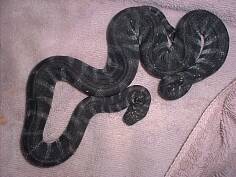
Acrochordus granulatus
Acrochordus granulatus,Wart-scaled snake
Little wart snake (pinyin: luǒ lín shé), English name: Little wart snake,···
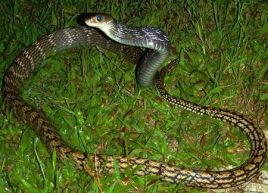
Ptyas carinatus
Ptyas carinatus,Green black snake, dragon bone rat snake, black web black snake
The black-netted snake is called Ptyas carinatus in foreign language. It is ···
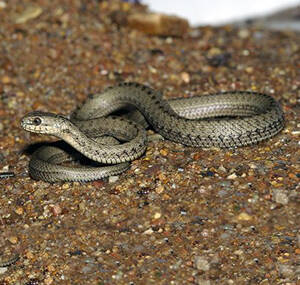
Thermophis baileyi
Thermophis baileyi,Hot Spring Snake
The hot spring snake, whose Latin name is Thermophis baileyi, is the only sn···
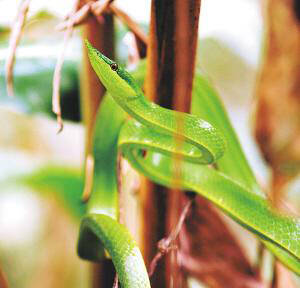
Rhynchophis boulengeri
Rhynchophis boulengeri,Gonyosoma boulengeri,Rhinoceros rat snake, Cone-nosed snake,
The sharp-beaked snake, whose Latin name is Rhynchophis boulengeri, is a sma···
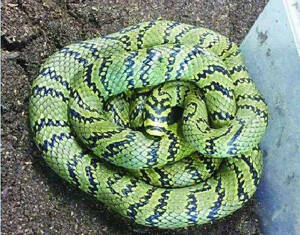
Elaphe perlacea
Elaphe perlacea,Euprepiophis perlacea,Elegant female snake, horizontal striped jade snake, horizontal striped jade snake
The Latin name of the Elaphe perlacea is Elaphe perlacea, which is a special···
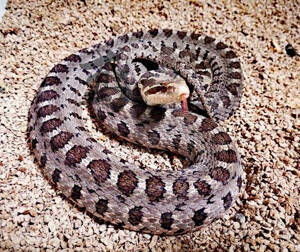
Elaphe davidi
Elaphe davidi,Black-rimmed rat snake, flower worm
The Latin name of the Elaphe davidi is Elaphe davidi, a reptile of the genus···
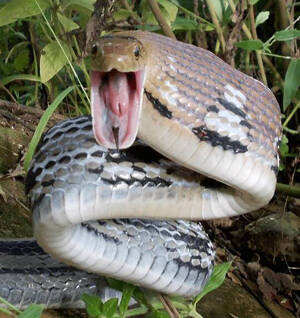
Tri-rope beauty snake
Tri-rope beauty snake,White flower snake, white flower snake, three-line snake, Guang snake (ni Guang), three-line snake, three-line snake
Tri-rope beauty snake is a non-venomous snake of the genus Elaphe in the fam···
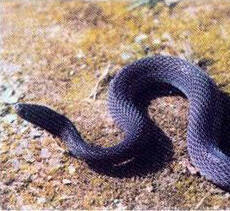
Achalinus jinggangensis
Achalinus jinggangensis
Achalinus jinggangensis is a small snake, which is unique to my country. Mos···
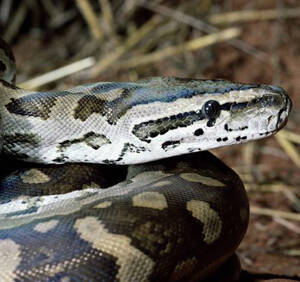
Python bivittatus
Python bivittatus,Python, King snake, Anaconda, Southern snake, Burmese snake, King snake, Lyre snake, Burmese python, Plum snake
Python bivittatus is a large reptile of the family Python and genus Python.P···
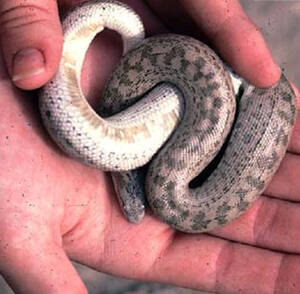
Eryx tataricus
Eryx tataricus,Earth stick
The Eastern Sand Boa is a reptile of the genus Eryx tataricus in the family ···
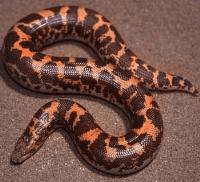
Eryx miliaris
Eryx miliaris,Earthen stick, both ends even, red sand python
The scientific name of the red sand python is Eryx miliaris. It is a relativ···
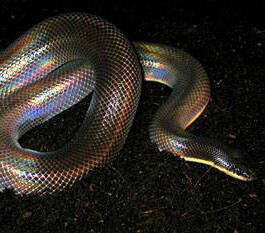
Xenopeltis unicolor Reinwardt
Xenopeltis unicolor Reinwardt,Sun snake, flaming snake
The Latin name of the glitter snake is Xenopeltis unicolor Reinwardt, which ···
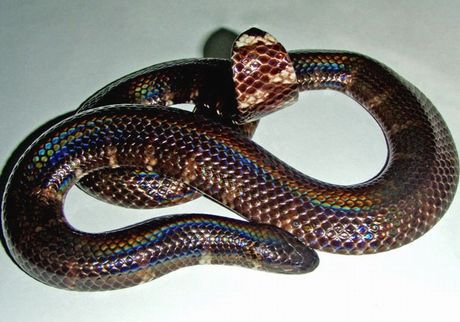
Cylindrophis ruffus
Cylindrophis ruffus,Red-tailed pipe snake,Red-tailed pipe snake, two-headed snake
Cylindrophis ruffus is a species of snake in the family Shieldtail Snake.The···
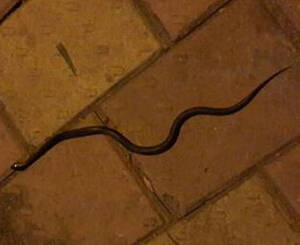
Typhlopslazelli
Typhlopslazelli,Indotyphlops lazelli,Rasmus's blind snake
Hong Kong blind snake (scientific name: Typhlops lazelli) is a reptile of th···
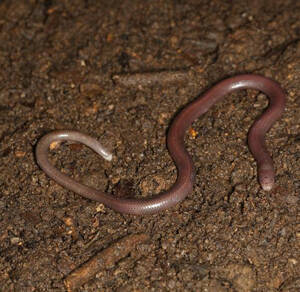
Dibamus bogadeki
Dibamus bogadeki,Bowman's Diplodocus,Bogadek's burrowing lizard
Bogadek's burrowing lizard is a reptile unique to Hong Kong.In 2012, the···
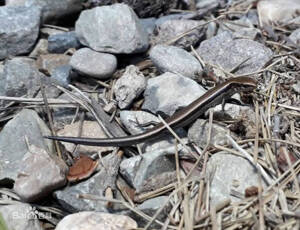
Scincella huanrenensis
Scincella huanrenensis,,Huanren dwarfskinkGolden Horse Snake
Huanren dwarfskink is called Huanren dwarfskink in foreign language, and has···
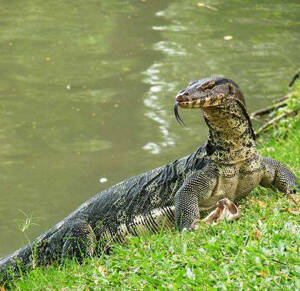
Varanus salvator
Varanus salvator,Common Water Monitor,Five-clawed golden dragon, monitor lizard, four-legged snake, scale insect, big four-legged snake
Common Water Monitor, with 5 subspecies.Unlike other animals, Common Water M···
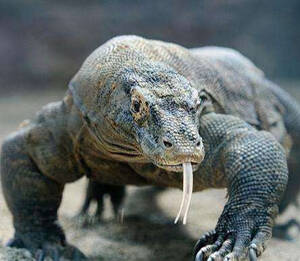
Varanus bengalensis,
Varanus bengalensis,Bengal Monitor Lizard,Common Indian monitor lizard, Bengal monitor lizard
Bengal Monitor Lizard, also known as Bengal Monitor Lizard, has 3 subspecies···
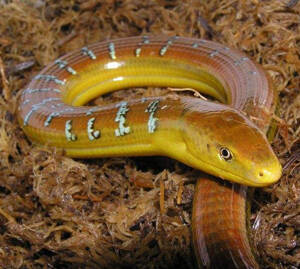
Dopasia
Dopasia,Hart's glass lizard,Golden snake, Venus ground eel, broken snake, snake lizard, earth dragon
The English name of the brittle lizard is Hart's glass lizard, and there···
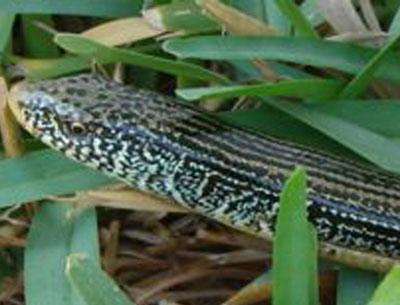
Ophisaurus hainanensis
Ophisaurus hainanensis,Hainan glass lizard
Foreign name Hainan glass lizard, a species endemic to China. Listed in the ···
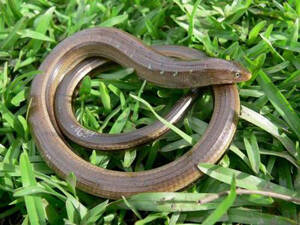
Ophisaurus gracilis
Ophisaurus gracilis,Ground eel, tin snake, thin snake lizard, Yunnan snake lizard
Burmeseglass snake (Daniel) is a lizard without limbs and looks like a snake···
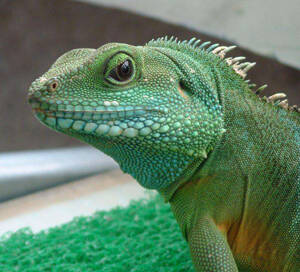
Physignathus cocincinus
Physignathus cocincinus,Long rock agama,Water Dragon
Long rock agama, no subspecies.Long rock agama lives on bamboo branches near···

Phrynocephalus mystaceus
Phrynocephalus mystaceus,Toad-headed Agama
The big-eared sand lizard is called Toad-headed Agama in English, and there ···
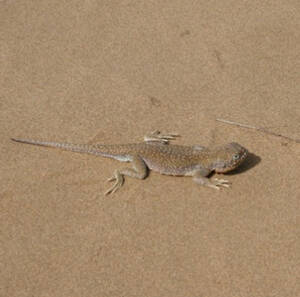
Phrynocephalus guinanensis
Phrynocephalus guinanensis,Guinan Toad-headed Lizard
Guinan Toad-headed Lizard is an ovoviviparous lizard.Guinan Toad-headed Liza···
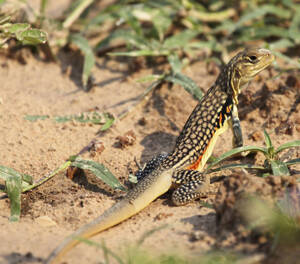
Leiolepis reevesi
Leiolepis reevesi,Reeves' butterflylizard,Mountain horse, salon, Polon
The foreign name of the wax lizard is Reeves' butterflylizard, and there···
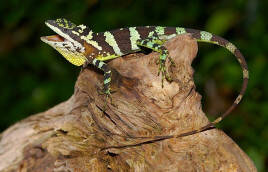
Diploderma makii
Diploderma makii,Makijapalure,Mu's climbing lizard
The Xitou dragon lizard is called Makijapalure in foreign language, and has ···
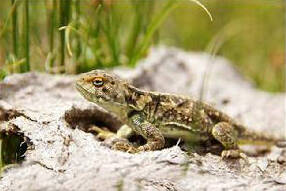
Diploderma batangense
Diploderma batangense,Jpalura batangensis,Batang climbing lizard, fast-walking lizard
The foreign name of the Batang dragon lizard is Jpalura batangensis. It main···
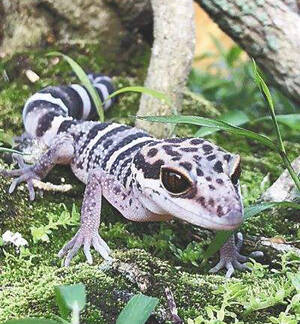
Goniurosaurus zhoui
Goniurosauruszhoui,Zhou’s Leopard Gecko
Zhou’s Leopard Gecko is the third species of gecko found in Hainan. It is a···
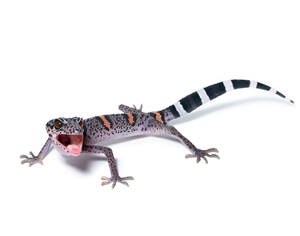
Goniurosaurus luii
Goniurosaurus luii
Pingxiang eyelid gecko was discovered in 1999 and is native to Guangxi.Pingx···
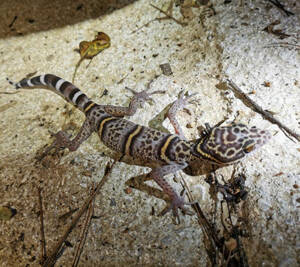
Goniurosaurus kwangsiensis
Goniurosaurus kwangsiensis,aekezrin(噁呃碄),
Guangxi eyelid gecko, scientific name Goniurosaurus kwangsiensis, is a newly···
